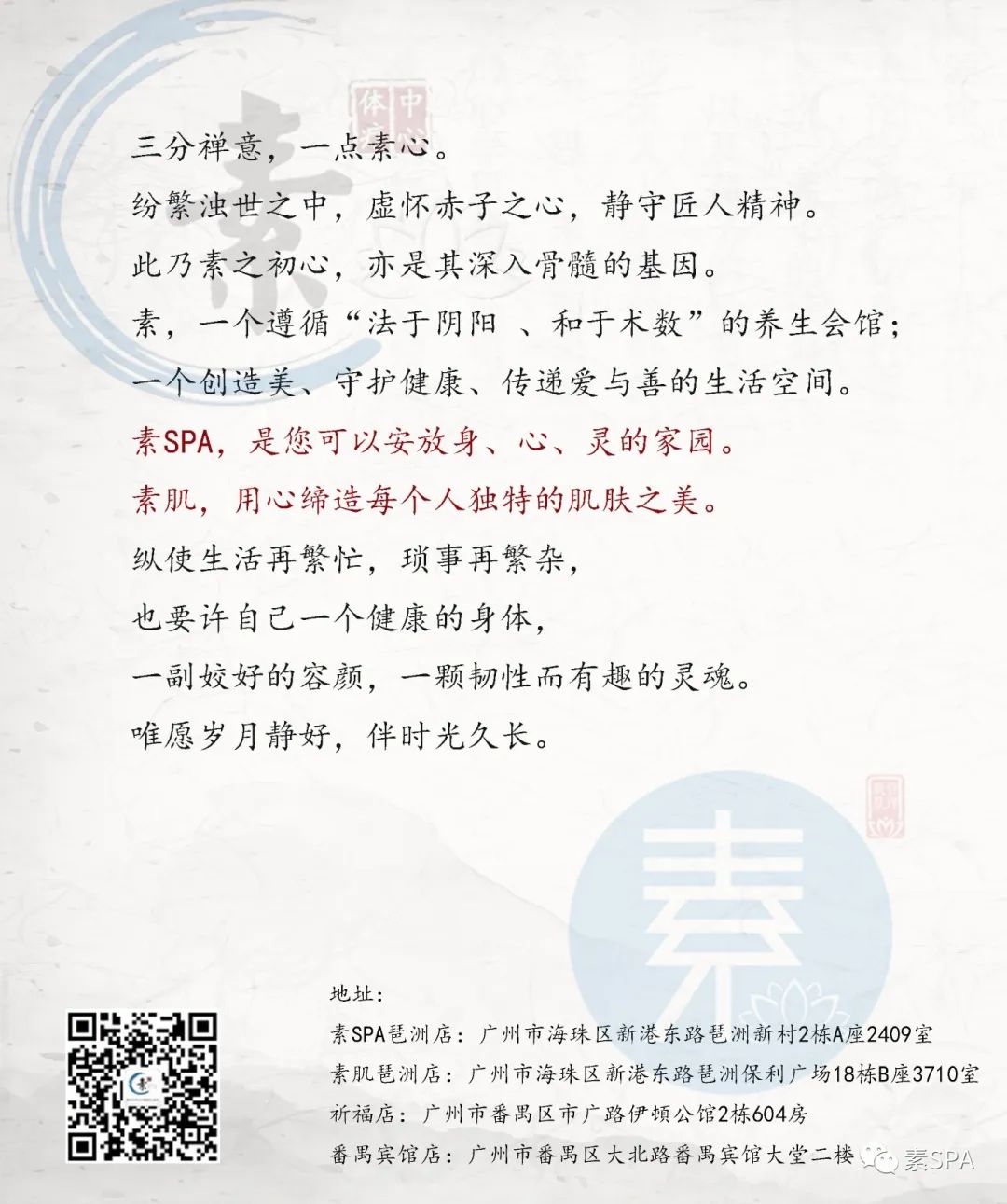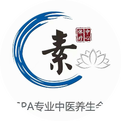
#Stasis
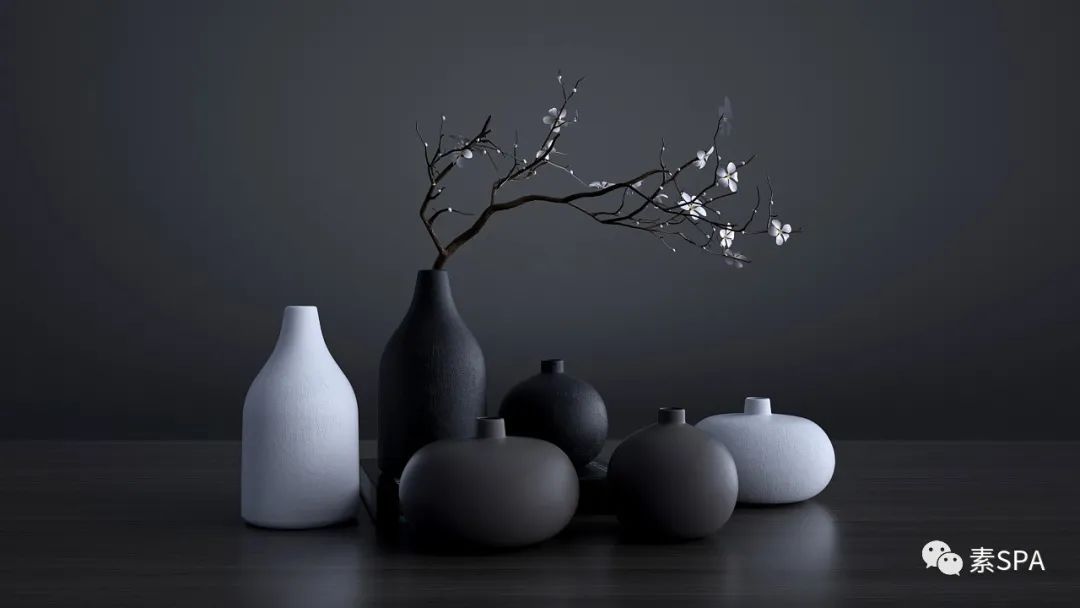
“Blood stasis causes a hundred diseases!”
Stasis means blockage!
Blood stasis is a diagnostic pattern in Traditional Chinese Medicine (TCM), indicating that blood circulation in the body is obstructed, or there is stagnant blood internally. This condition is referred to as a blood stasis constitution.
Blood stasis constitution is a type of constitution that harbors many risk factors, with diabetes, breast cancer, hypertension, coronary heart disease, tumors, etc., all intricately linked to blood stasis constitution.
Factors such as Qi stagnation, blood stasis, phlegm accumulation, and dampness lead to dysfunction of the organs, disharmony of Qi and blood, and accumulation of turbid pathogens, which in turn results in various diseases, even leading to cerebral infarction, myocardial infarction, dysmenorrhea in women, and skin blemishes.
The Relationship Between Blood Stasis and Tumors
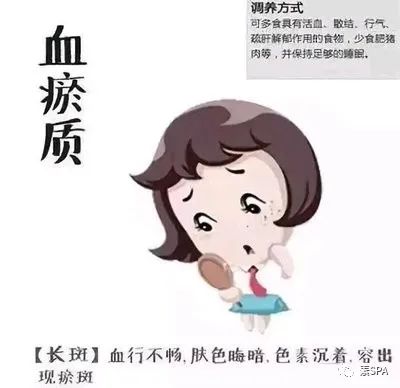
When it comes to cancer and tumors, many people believe it is related to genetics, while TCM considers tumors to fall under the category of “stasis accumulation.”
What is “stasis accumulation”?
It is the process where invisible pathogenic factors gradually accumulate into tangible substances.
Although there are many causes for tumor formation, TCM believes the primary cause is still “blood stasis.”
If there is stagnant blood in the body that is not expelled or dissipated in time, it manifests as bruising, which is actually an early sign of blood stasis. If unexplained bruises appear or bruises persist for a long time, it is mostly due to poor blood circulation, causing blood stasis in the meridians and organs.
Causes of Stasis in TCM
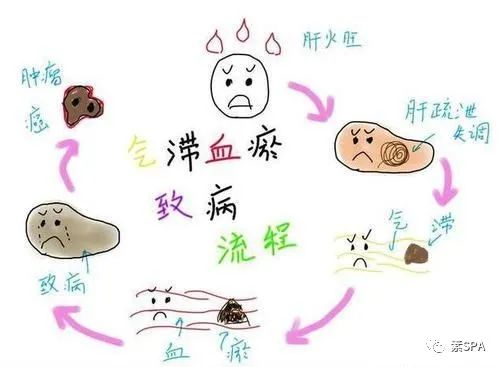
① Insufficient Yang Qi
The circulation of blood in the body relies on the propulsion of Yang Qi. If there is insufficient Yang Qi in the blood, the blood will become stagnant and fail to flow.
The Suwen states: “Cold causes blood to congeal.” When blood becomes thick and cannot nourish the body, it becomes stasis.
② Heat injures the blood vessels
The vessels are the abode of blood, and blood circulates within the vessels. If heat pathogens damage the blood vessels during circulation, the blood cannot be contained and will overflow outside the vessels, leading to stasis.
③ Qi stagnation
In TCM, it is said, “Qi is the commander of blood, and blood is the mother of Qi.”
Blood stasis and Qi stagnation are like twins; if the circulation of Qi and blood is obstructed, it will inevitably lead to blood stasis, and if a person has blood stasis, it will lead to Qi stagnation, creating a vicious cycle that results in health issues.
Thus, due to emotional distress or other factors, if the Qi mechanism is hindered and Qi flow is obstructed, it leads to stagnant blood.
④ External injury
Excessive force, falls, or strains can damage the meridians, causing blood to overflow outside the vessels and leading to stasis.
Three Symptoms of Blood Stasis
1
Pain
“Where there is flow, there is no pain; where there is pain, there is no flow.” If blood stasis is present in the body, it will inevitably cause obstruction in the meridians, resulting in pain.
The characteristics of pain caused by blood stasis include: sharp, stabbing pain, localized pain, pain that resists pressure, and generally worsens at night.
2
Masses
Masses are a common manifestation of blood stasis, where stagnant blood accumulates in a localized area and, over time, forms a mass. Hematomas after injuries are a clear example of blood stasis, and it is widely understood that various cysts and tumors are also caused by blood stasis.
3
Dark complexion and skin bruising
Individuals with blood stasis constitution often have a darker complexion, especially around the eyes, nose, and lips, which may appear purplish. The tongue may show red or purplish spots. If blood stasis persists for a long time, it prevents the essence and blood from nourishing the skin and meridians, leading to a dull complexion, thickened skin, or skin that feels leathery. The pulse may be thin, rough, deep, or knotted.
How to Assess the Degree of Blood Stasis?
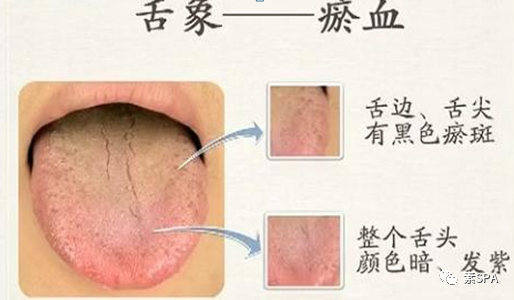
We can assess the degree of blood stasis through the tongue.
By observing the color of the tongue, the presence of stasis spots, and the sublingual vessels, we can determine the severity of blood stasis.
Observe the color of the tongue: A healthy tongue should be light red; mild blood stasis may present as slightly dark red, moderate blood stasis appears darker, and severe blood stasis may appear purplish.
Examine stasis spots or bruises:Generally, mild blood stasis may show stasis spots on the tongue, while moderate blood stasis may have bruises on the tongue edges, and severe blood stasis may show bruises not only on the edges but also throughout the tongue.
Check the sublingual vessels:Typically, healthy sublingual vessels are light blue and do not exceed three-fifths of the tongue’s length, measuring less than 2.7 mm. In cases of mild blood stasis, the sublingual vessels may exceed three-fifths and become slightly thicker; moderate blood stasis may approach four-fifths and become thicker; severe blood stasis may exceed four-fifths, becoming significantly thicker and possibly branching.
Methods to Invigorate Blood and Resolve Stasis
To treat blood stasis syndrome, methods to invigorate blood and disperse stasis should be employed. Commonly used herbs include: Tao Ren (Peach Kernel), Hong Hua (Safflower), Dang Gui (Angelica Sinensis), Chuan Xiong (Szechuan Lovage), Chi Shao (Red Peony), Ru Xiang (Frankincense), Mo Yao (Myrrh), Niuxi (Achyranthes), Zelan (Lycopus), Dan Shen (Salvia Miltiorrhiza), etc. Formulas such as Xue Fu Zhu Yu Wan (Blood Mansion Dispersing Stasis Pill), Tao Hong Si Wu Tang (Peach Kernel and Safflower Four Substance Decoction), Tao Ren Cheng Qi Tang (Peach Kernel Purging Decoction), Da Huang Shu Chong Wan (Rhubarb and Insect Pill), etc., are used to treat various conditions of blood stasis and have excellent therapeutic effects.
Moreover, TCM emphasizes that chronic diseases often involve blood stasis, and various syndromes may be accompanied by blood stasis in the later stages of chronic diseases. Therefore, employing methods to invigorate blood and resolve stasis has significant clinical application value.
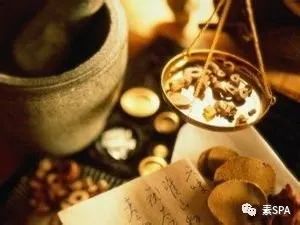
Here are some commonly used formulas in TCM clinical practice for invigorating blood and resolving stasis:
· Invigorate blood and relieve pain: Xue Fu Zhu Yu Tang or Huo Luo Xiao Ling Dan;
· Tonify Qi and open the meridians: Bu Yang Huan Wu Tang;
· Break blood and dispel stasis: Da Huang Shu Chong Wan;
· Resolve stasis, clear heat, and cool the blood: Tao Ren Cheng Qi Tang or Xian Fang Huo Ming Yin;
· Disperse stasis and generate new: Shao Fu Zhu Yu Tang;
· Invigorate blood and stop bleeding: Sheng Yu Tang;
· Resolve stasis, relieve pain, and nourish the tendons and bones: Qi Li San and Die Da Wan;
· Disperse cold and resolve stasis: Wen Jing Tang;
· Clear heat toxins and resolve stasis: Xi Jiao Di Huang Tang;
· Resolve stasis and promote diuresis: Dang Gui Shao Yao San;
· Resolve phlegm and dispel stasis: Huo Xue Fang plus Ban Xia Bai Zhu Tian Ma Tang, or Di Tan Tang or Wen Dan Tang.
TCM emphasizes syndrome differentiation and individualized treatment, so while these formulas may suit most people, they may not be appropriate for everyone. The same type of disease can manifest differently in different individuals due to variations in constitution, leading to different symptoms and severity.
Therefore, the aforementioned formulas should not be self-prescribed; they must be used under the guidance of a qualified TCM practitioner who can differentiate and adjust based on individual constitution to achieve rapid effects in invigorating blood and resolving stasis.
How Should Individuals with Blood Stasis Constitution Nourish Themselves?
1. Stay Active. If a person remains active, it is difficult for diseases to take hold. Therefore, individuals with blood stasis should engage in more physical activity, such as walking, running, climbing stairs, or taking a few extra minutes to walk, all of which are beneficial for the body.
2. Eat More Foods that Invigorate Blood and Resolve Stasis, such as hawthorn, black soybeans, and peach kernels. Foods that can cause vascular blockage and increase blood viscosity should be minimized or avoided, such as dairy products, fatty meats, fried foods, and various sweets.
3. Prepare a Medicinal Dish for Yourself, such as longan and walnut soup, which can significantly improve constitution. The method is simple: prepare one portion of longan and two portions of walnuts, add them to a pot of cold water, bring to a boil, then simmer for 20 minutes. Consume both the longan, walnuts, and the soup, or drink the soup as tea daily. This is suitable for all individuals with blood stasis constitution, especially women with anemia, dysmenorrhea, or high blood lipids, as it is very effective.
Image source: Internet
Edited by: Su Spa
Recommended Reading:Traditional Chinese Medicine: In TCM, there are only two types of diseases: deficiency and excess.
Traditional Chinese Medicine: Life depends on Qi; how to protect this Qi?
Traditional Chinese Medicine: Recognizing organ disease through sound.
